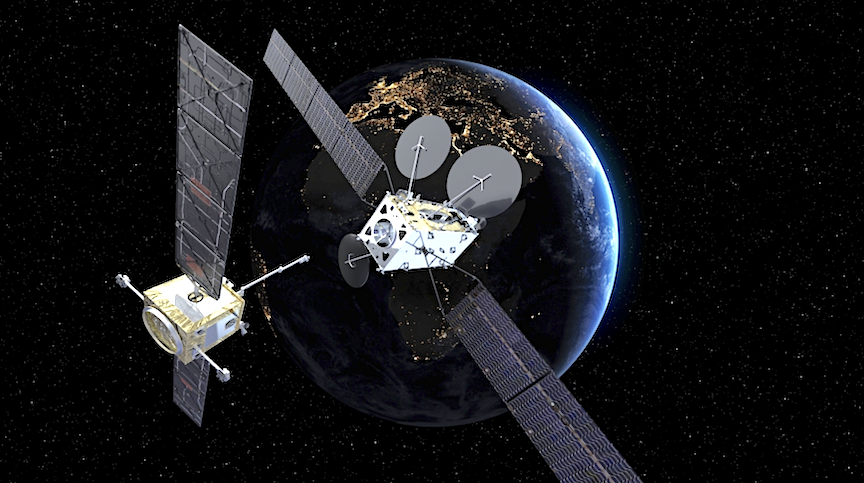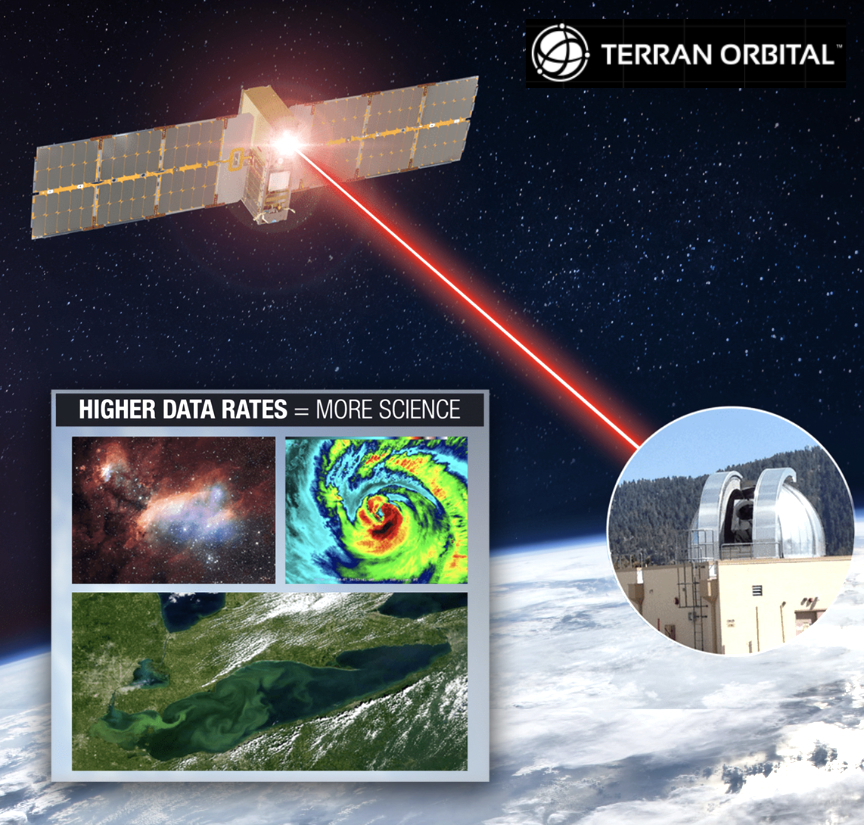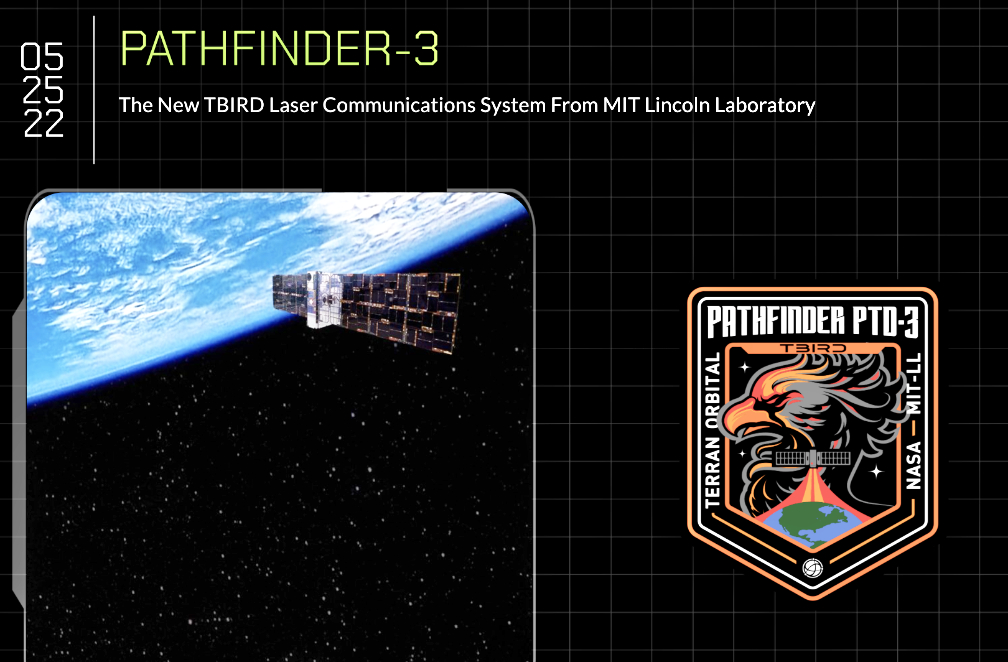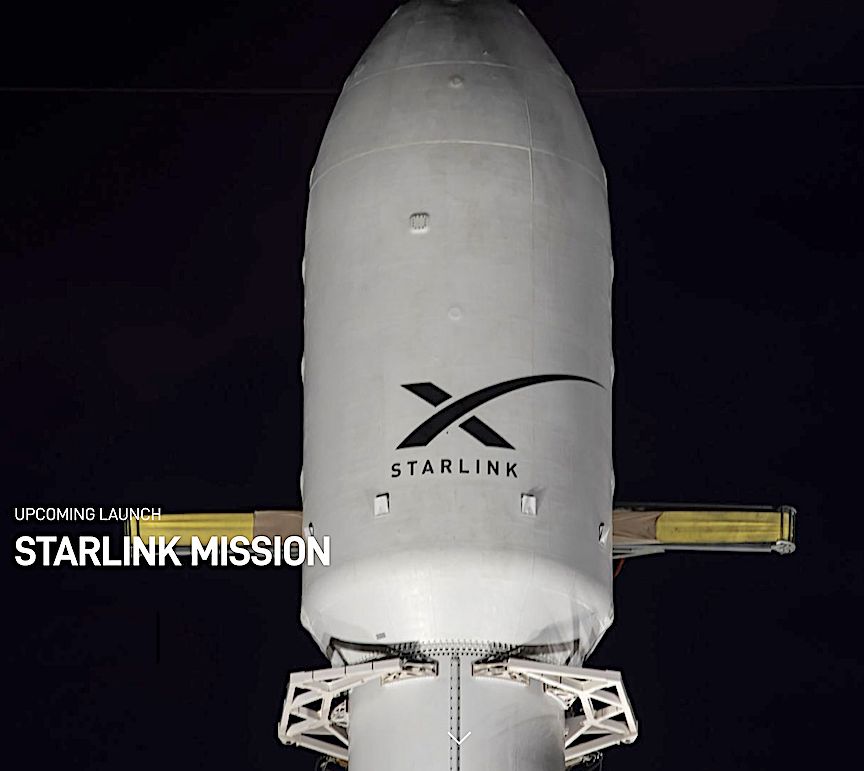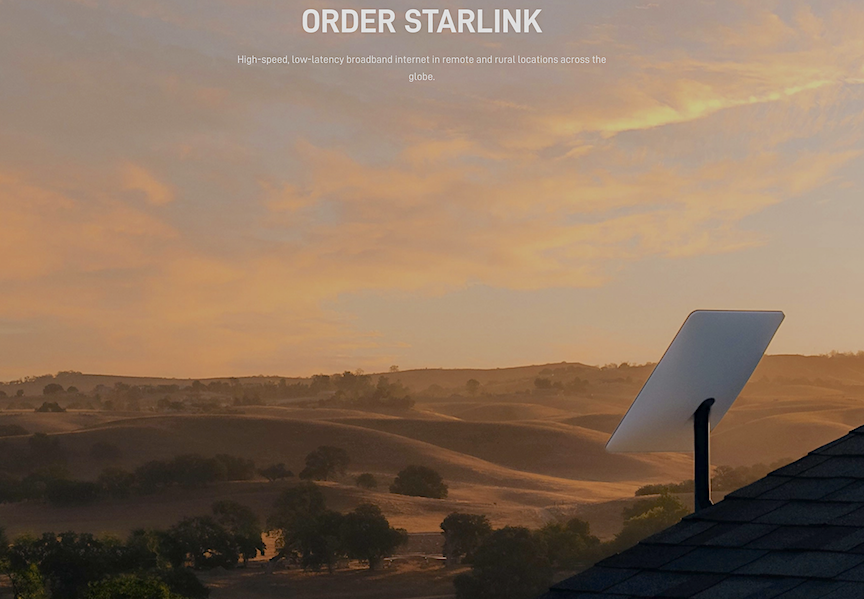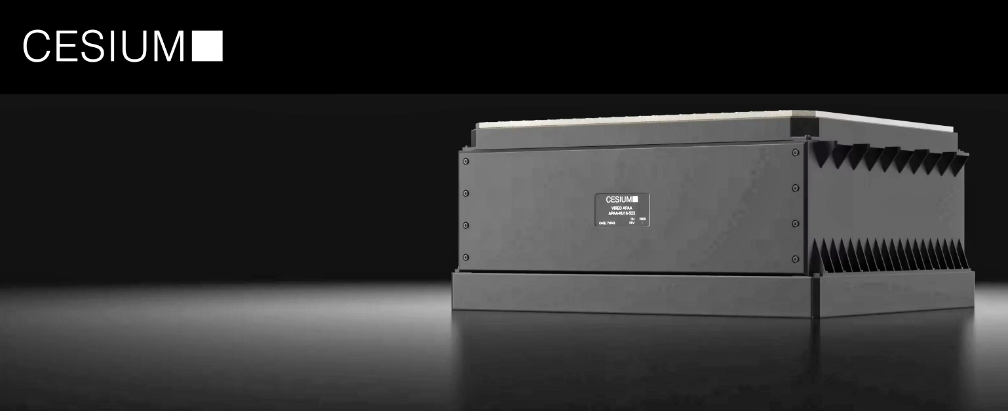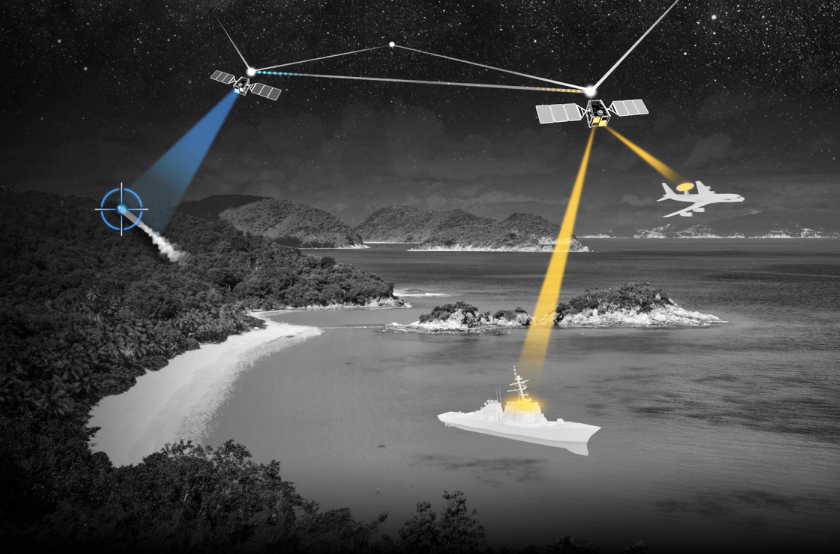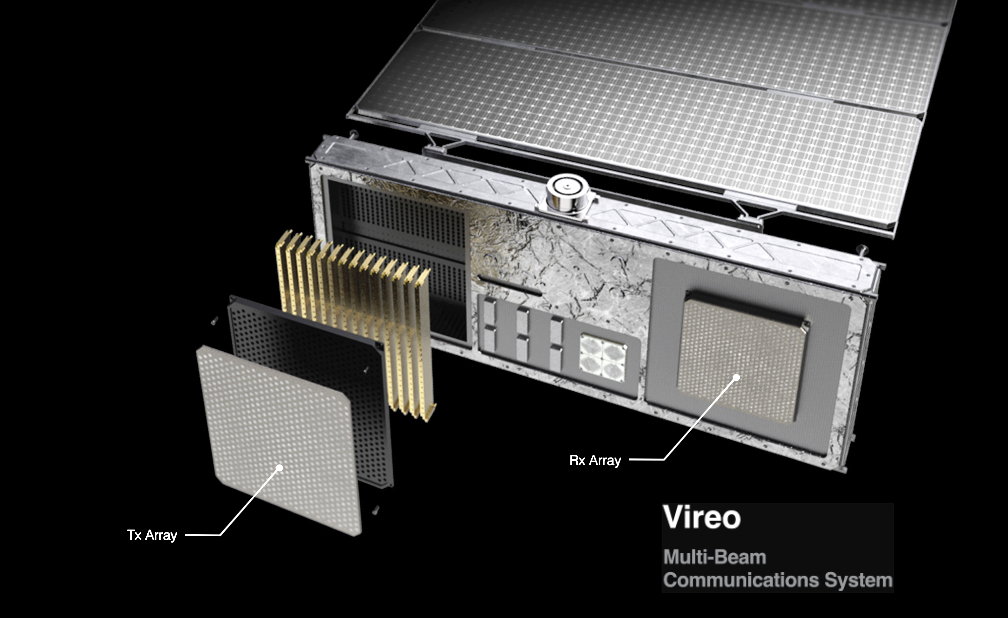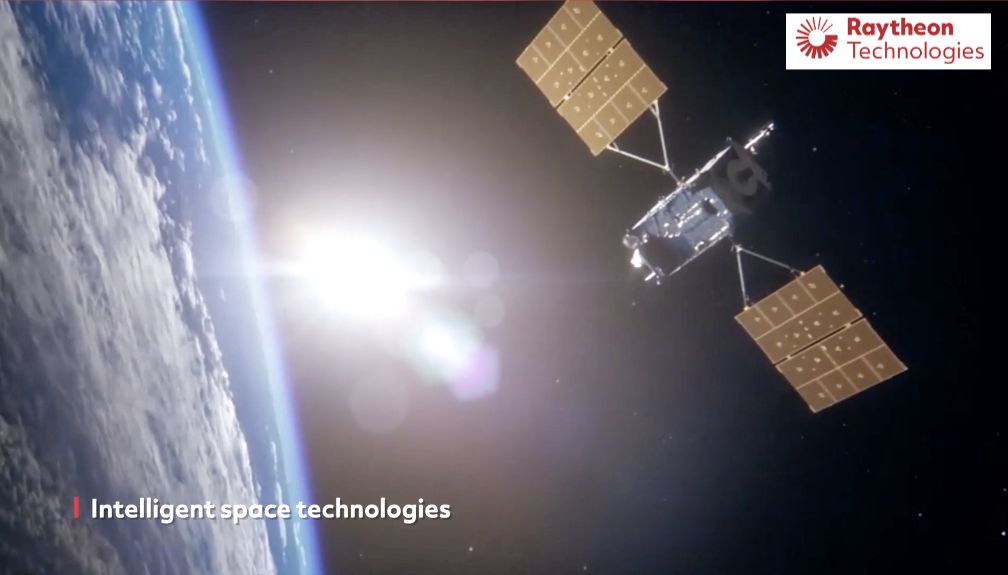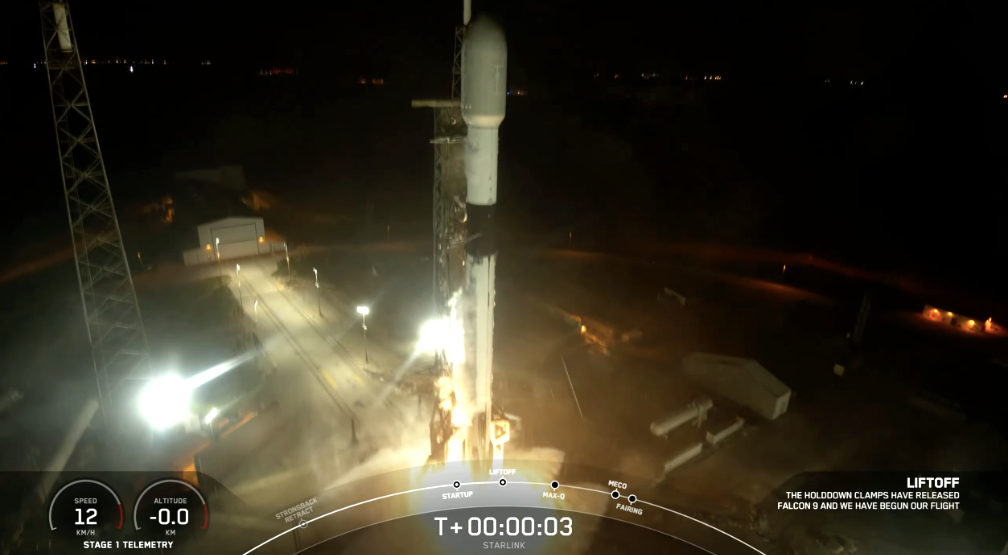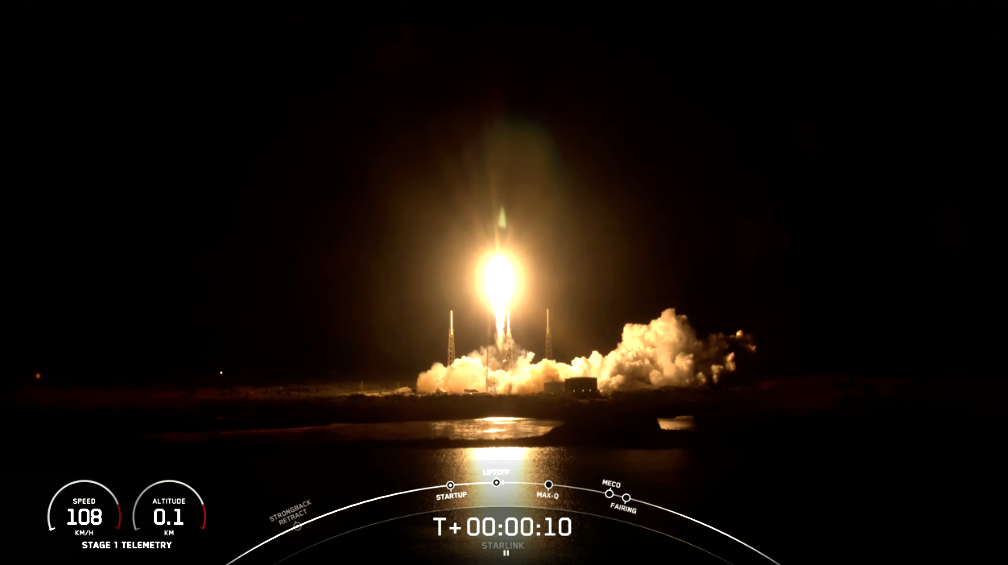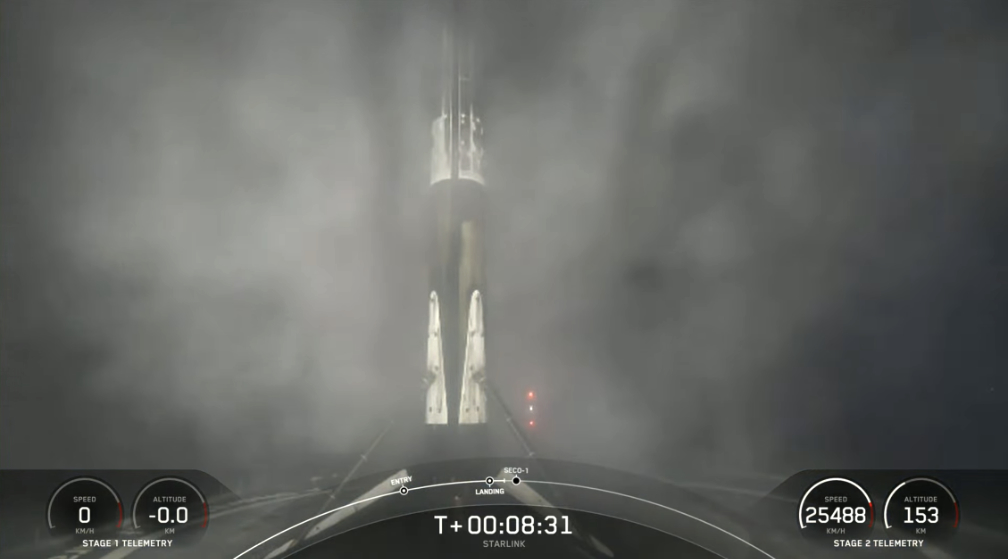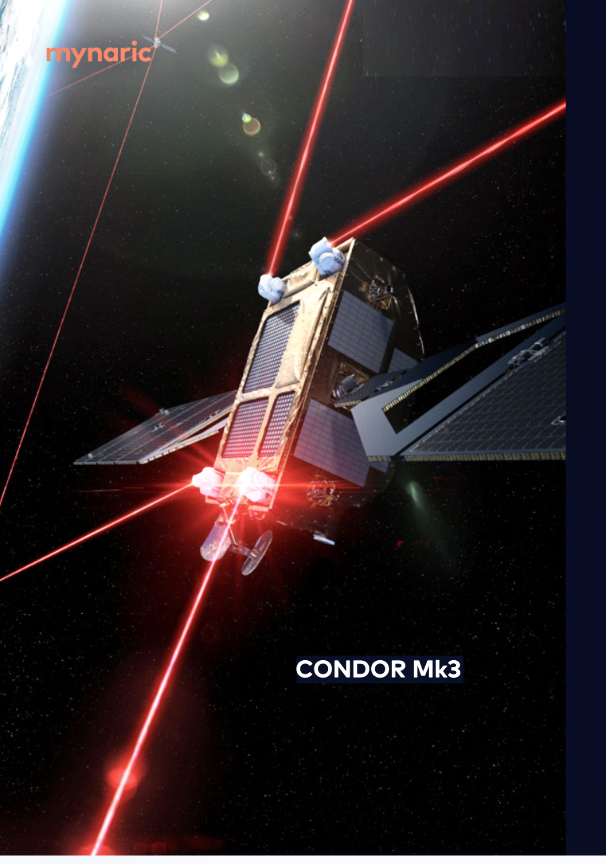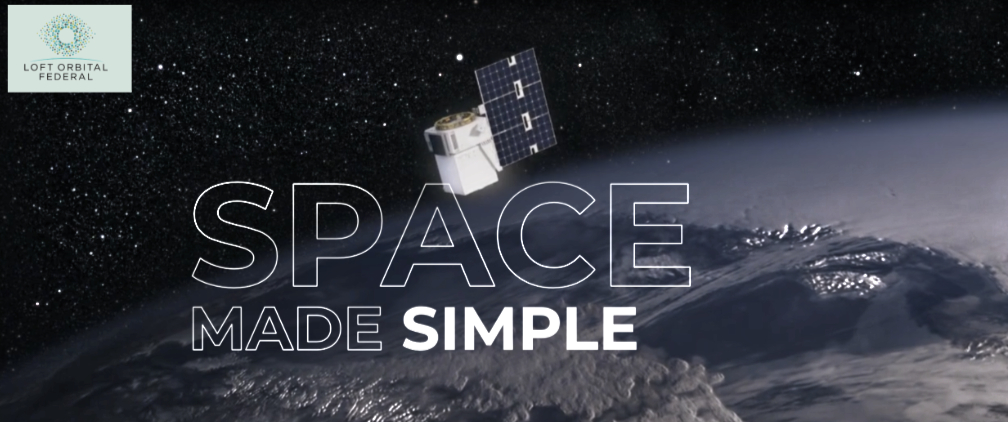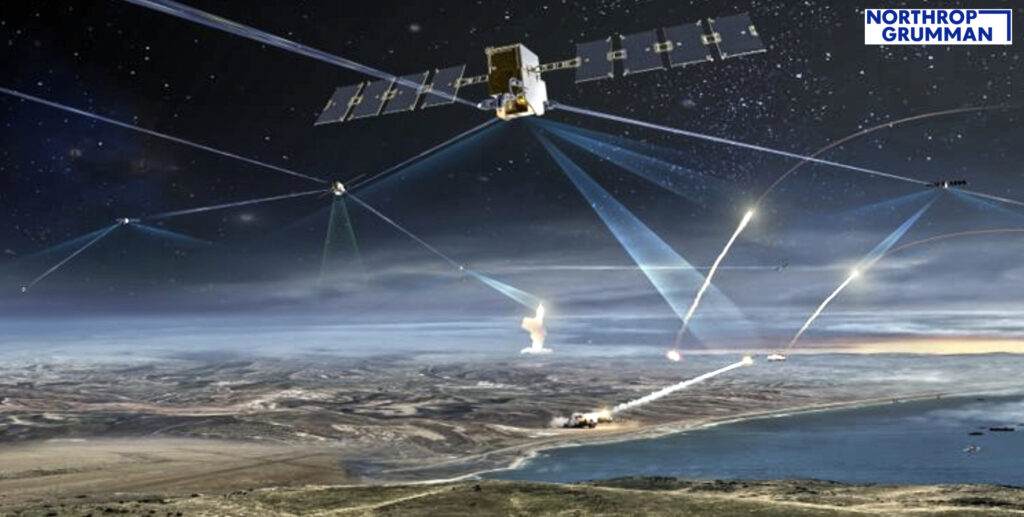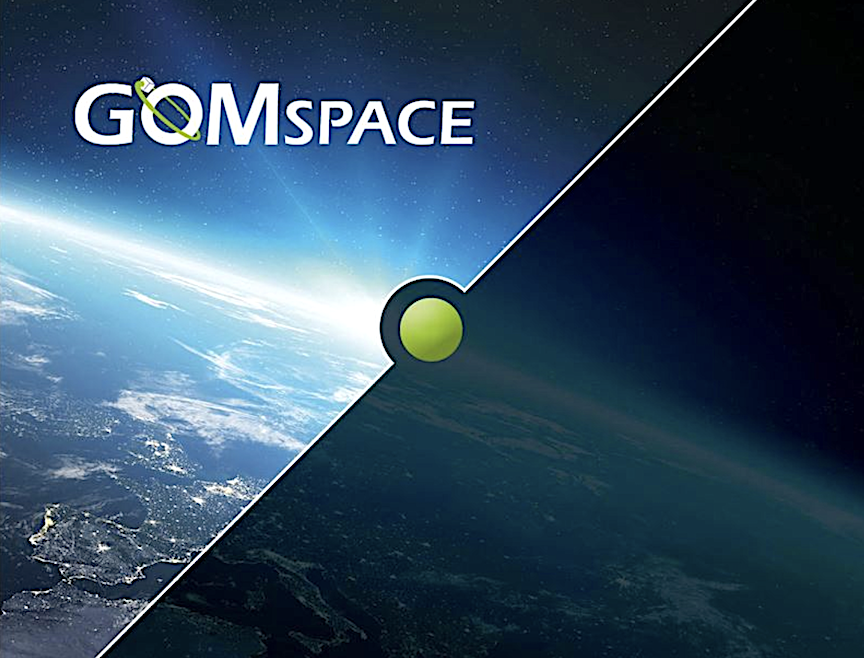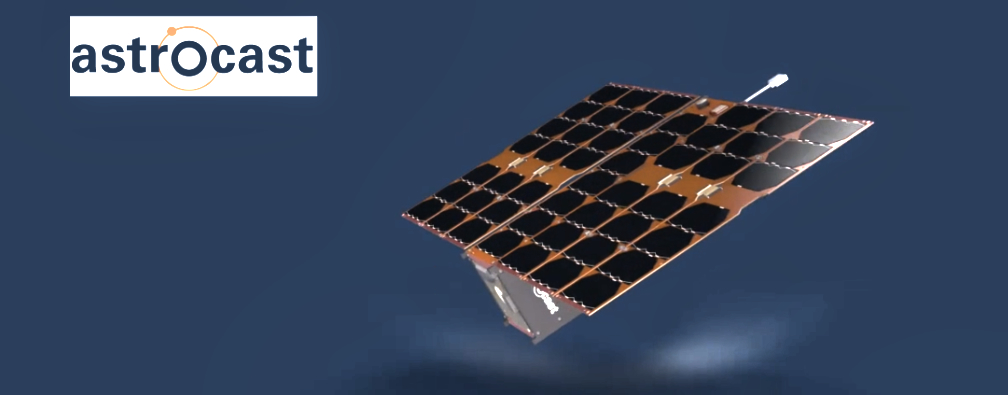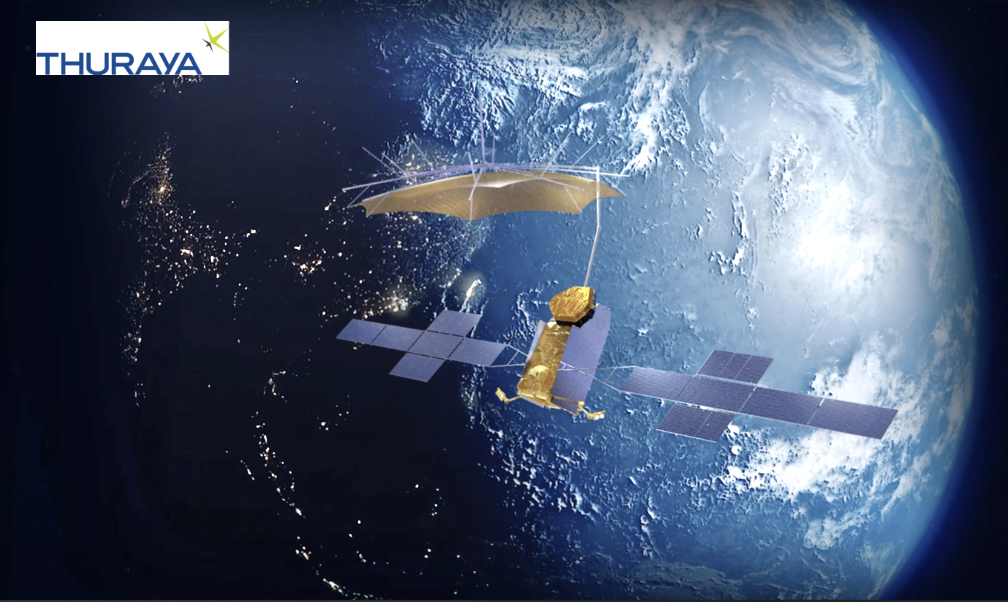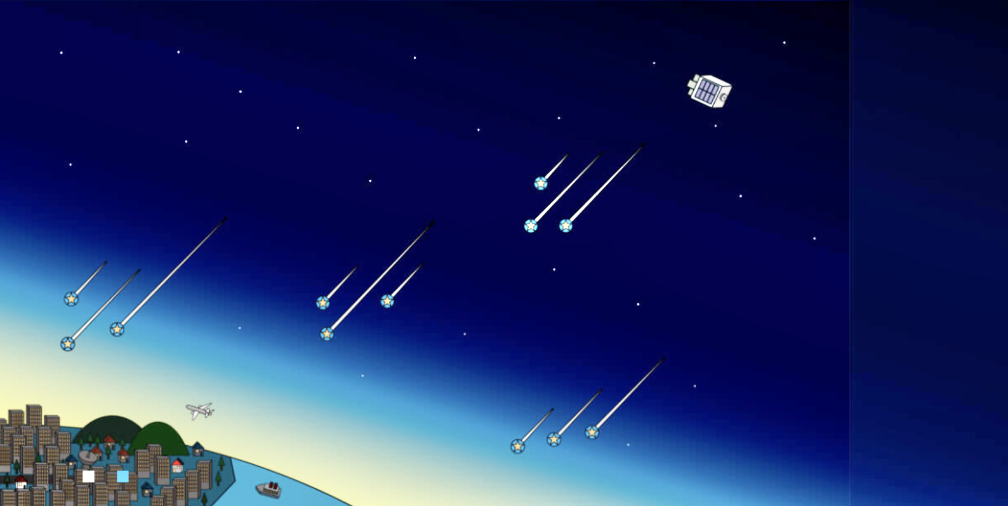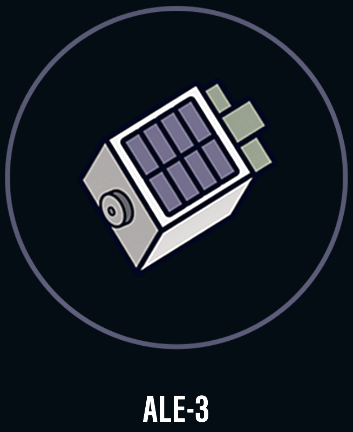
Rivada Space Networks and OKAPI:Orbits have extended their partnership, which will secure the responsible use of space-based technologies.
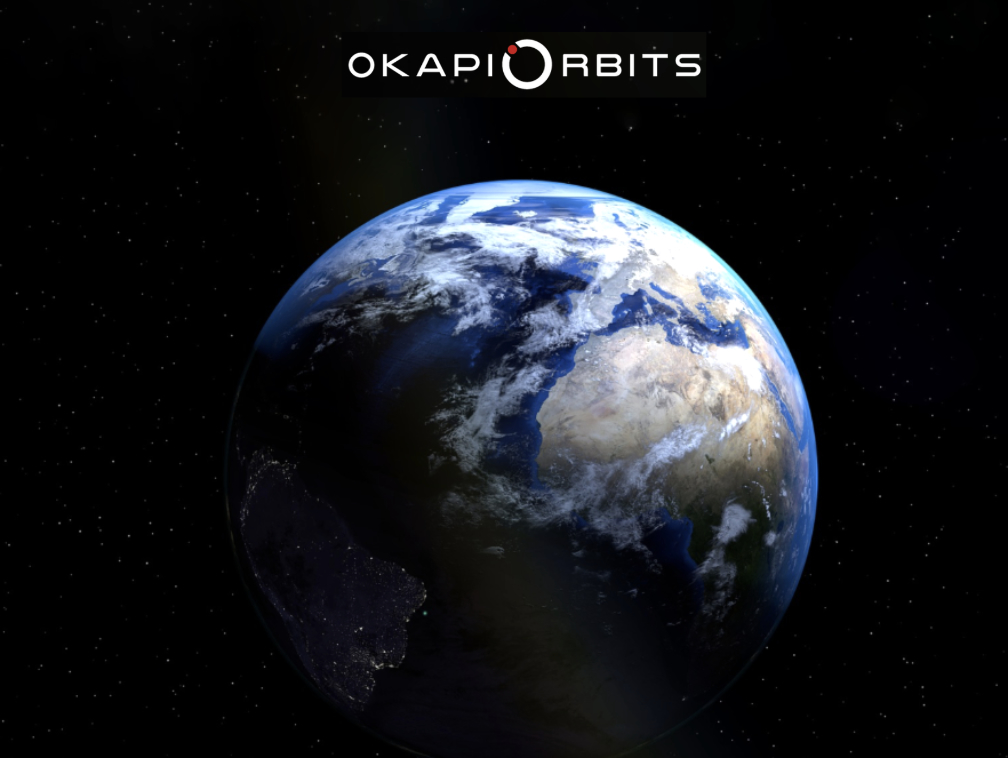
OKAPI:Orbits is providing satellite mission-analysis tools, including analysis and implementation of Collision Avoidance and De-orbiting strategies. The agreement brings together Rivada Space Networks’ interconnected high-speed, LEO satellite network and OKAPI:Orbits’ Space Traffic Management Software-as-a-Service solution.
Rivada’s LEO constellation will offer access to a secure satellite network with pole-to-pole reach, offering end-to-end latencies similar to, or better than, terrestrial fiber. The RSN satellite architecture combines inter-satellite laser links with advanced onboard data routers to create an optical mesh network in space. It will deliver ultra-secure and highly reliable global connectivity for business operations in the telecom, enterprise, maritime, energy and government services markets. The first satellite launch is set for 2025, with global service starting in 2026.
“With our program already up and running with Terran Orbital and SpaceX to manufacture and launch the satellites and with Aalyria for the management of the software-defined network, we are moving ahead to ensure the sustainability of the constellations. Our partnership with OKAPI:Orbits demonstrates our commitment to the responsible and sustainable use of space.”
— Clemens Kaiser, Chief Program Officer with Rivada Space Networks
“Orbital networks are the future. Space Traffic Management ensures the safety and security of satellite operations and the future of in-orbit infrastructure operations, which is especially important in a time of a growing number of assets in space. RSN sets an industry-leading example in using space responsibly and applying the highest standards in terms of space sustainability and debris mitigation.”
— Kristina Nikolaus, CEO and Co-founder of OKAPI:Orbits

